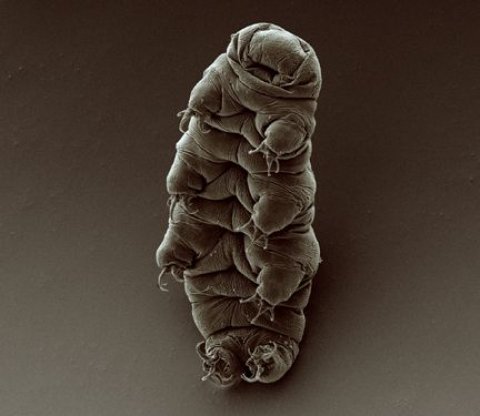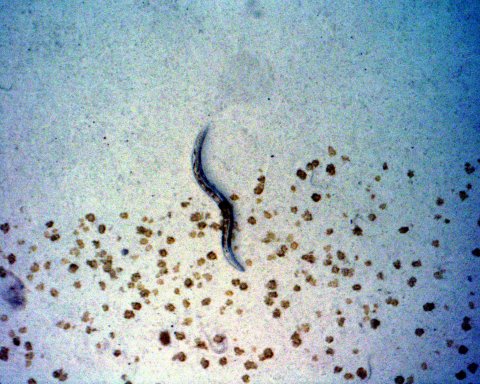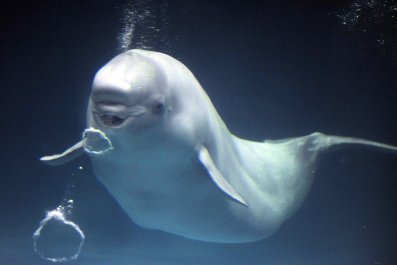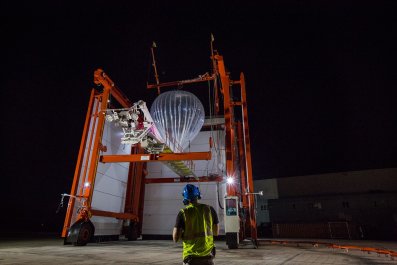If you've dreamed of touching the stars, sit tight, because you are definitely not going to be the first living creature to explore space beyond our solar system. Instead, that title will go to two microscopic organisms that scientists have deemed hardy enough to have a shot at actually surviving the experience. Meet your competition:
Tardigrades (aliases include water bears and moss piglets, because scientists simply can't resist their pudgy cuteness) are plausibly the most resilient type of animal on the planet, which makes them a really good candidate to leave it (they've already orbited Earth). There are more than a thousand species of tardigrade, and some are harder to kill than others, but certain water bears are so indestructible that scientists think no matter what happens to Earth, these little buggers could probably manage to survive.

The other microscopic critter that's been told to start packing its bags for a one-way journey is a tiny roundworm called Caenorhabditis elegans, or C. elegans for short. It's been a scientific workhorse for more than five decades in laboratories all around the world. Scientists use it to study everything from sleep to aging, and they know every single one of its 959 cells. Some of these worms have already survived one of the greatest space tragedies, the destruction of the space shuttle Columbia in 2003.

The mission planning to enlist tardigrades and C. elegans is called Starlight and wants to use a giant laser beam to push a small spacecraft—about the size of a smartphone or smaller—out of the solar system at very fast speeds. Ideally, according to the lead scientist on the project, the smallest of these spacecraft would be able to reach a quarter of the speed of light, which would mean they could reach the nearest star (and the nearest planet not in our solar system) about 20 years after launching.
For comparison, the only spacecraft to have left our solar system so far is Voyager 1, and it took almost 40 years just to hit the edge, since it's traveling at just a fraction of the speed these mini-spacecraft would reach.
Ideally, what the team wants to do with its tiny astronauts is put them into a dormant state to load onto the mini-spacecraft, then nudge them awake and watch them every so often along the journey. Obviously, that's the sort of plan that requires not just very small travelers, but very resilient ones, making tardigrades and C. elegans shoe-ins.





















